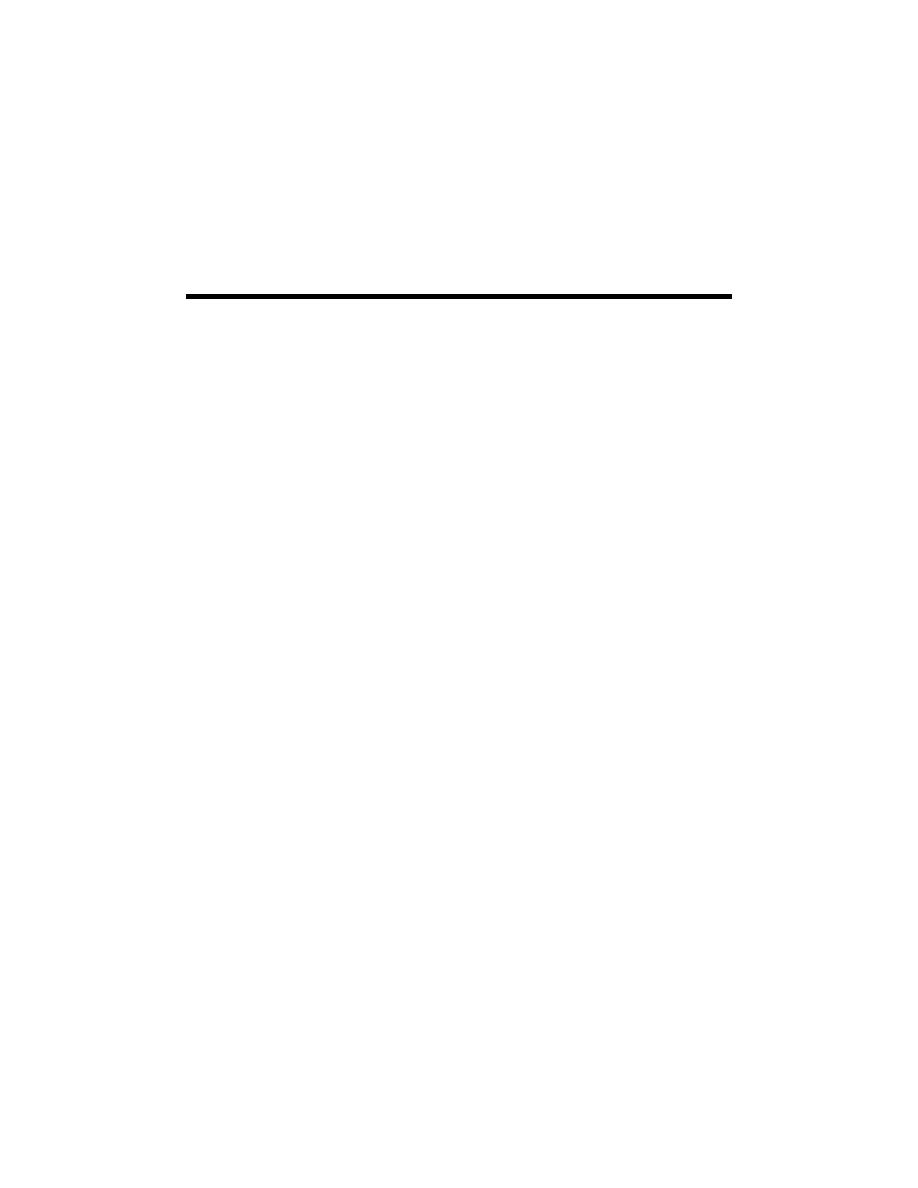 |
||
|
|
||
| |||||||||||||||
|
|
 6
Leachate to Groundwater
6.1 General Considerations
Leachate is the water with associated dissolved and colloidal materials that
seeps through dredged material in a CDF and subsequently through dikes or
foundation material. Solid particles are not generally transported with the leachate
and therefore the concerns for leachate quality are limited to the apparent
dissolved (including fine colloidal fraction) concentrations of contaminant. The
leachate pathway is perhaps the most technically complex to evaluate, yet it rarely
is of environmental concern for contaminant migration because of the physical
characteristics of most dredged materials, the nature of contamination, and the
isolation characteristics common to most CDFs. Prudent site selection for the
CDF will eliminate most concerns with leachate. For example, the CDF siting
process (USEPA/USACE 1992) should eliminate sites near wells for potable
water or over freshwater drinking water aquifers for CDFs intended for disposal
of dredged materials from a saltwater environment.
This chapter addresses leachate to groundwater as the primary migration
pathway for leachate. Water ponded over the dredged material that seeps through
porous dike sections is considered effluent rather than leachate because it does not
have the characteristics of passing through deposited dredged material. Leachate
that passes through dredged material and directly enters surface waters is not
generally a concern with regard to water column impacts, since the rate of flow of
leachate is so low and the leachate would be mixed and diluted to background
levels almost immediately. However, if this process is viewed as a concern for a
specific site, the procedures for prediction of leachate quality in this chapter are
applicable.
It is conceptually possible that leachate from a CDF may reach groundwater
that may resurface and enter surface water bodies. However, this occurring with
sufficient leachate concentration to be a concern is not a realistic possibility, and
is not addressed in the UTM. The character of the leachate would not be expected
to be significantly different from the effluent from the CDF. As such, if the
effluent does not pose a problem, the leachate is not likely to pose a problem. If
this process is viewed as a concern for a specific site, the procedures for
prediction of leachate quality are applicable.
Leachate from dredged material placed in a CDF is produced by three
potential sources: gravity drainage of the original pore water, inflow of
6-1
Chapter 6
Leachate to Groundwater
|
|
Privacy Statement - Press Release - Copyright Information. - Contact Us - Support Integrated Publishing |